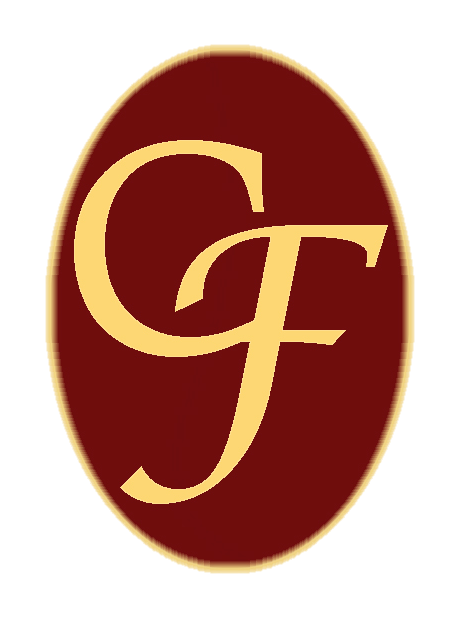A Knight, a Dragon, and the Rituals We’ve Forgotten: A Mimetic Reading of Tomie dePaola’s The Knight and the Dragon
 The Knight and the Dragon by Tomie dePaola
The Knight and the Dragon by Tomie dePaola
At first glance, The Knight and the Dragon by Tomie dePaola is a charming children’s book with whimsical illustrations and a satisfyingly silly ending. My kids love it. But as someone who has spent years immersed in the work of René Girard, Gil Bailie, and Jean-Michel Oughourlian, I can’t help but hear something darker—an echo of a demythologized world stripped of ritual coherence, where mimetic doubles prepare for battle without ever truly understanding why.
Quick Synopsis for the Uninitiated
The story opens with a knight and a dragon—neither of whom has ever fought before. Realizing they’re supposed to be natural enemies, they begin training separately for their impending duel. Their knowledge comes from books: the knight learns from a castle librarian, and the dragon presumably from ancestral tomes left behind in a pile of scorched libraries. Eventually, they square off. The fight is a farce—full of flailing incompetence and mutual embarrassment. Enter the librarian again, now offering a different kind of book: one on running a barbecue restaurant. And so, the knight and the dragon abandon battle and open a peaceful, joint business. The end.
Cute? Yes. But under a mimetic lens, this is the ghost of a ritual long dead.
The Empty Armor of the Autonomous Self
What makes the knight and the dragon such uncanny figures is their uncertainty about their roles. They have the costumes and the setting. But they don’t have the myth. Neither has participated in the initiatory rites or ancestral battles that would grant their encounter meaning. There’s no sacred tradition here—only bookish reconstructions of what combat should look like. Their preparations, like a modern person’s attempt to “find themselves” via podcasts and productivity hacks, are more cosplay than catechesis.
Girard called this kind of imitation without grounding external mediation turned inward—desire without anchor. These two beings are mimetic doubles, mirror images attempting to generate difference through performance, not substance. Their training montages are not heroic but absurd. They imitate gestures disconnected from the sacrificial logic that once made such gestures matter. In a world without myth, only embarrassment remains.
The Ritual That Never Was
Both characters know they are supposed to fight. But their mutual hesitation betrays a deeper uncertainty: what are we even fighting for? There is no kingdom to defend. No maiden to rescue. No dragon’s hoard. No village demanding vengeance. Just a vague sense that “this is what we’re supposed to do.”
And so the battle is hollow. Its outcome—broken trees and wounded pride—resembles the aftermath of many modern conflicts, personal or political, in which both sides act from borrowed scripts and end in mutual disillusionment. The violence is ritualistic in form but vacuous in content. No one is converted. No one is sacrificed. No one is redeemed.
This is where the book quietly gestures toward Cain and Abel. But here, both knight and dragon are Cain—each offering a half-hearted, confused imitation of sacrifice, and neither receiving a blessing. The sacred violence that once ordered society has been drained of power, leaving only the aesthetics of combat.
The Librarian and the New Ritual
Enter the librarian, whose presence now seems oddly priestly. She is not just a source of knowledge; she is the mediator of meaning. First, she provides the old mythology—the script for knightly behavior. But when that fails, she supplies a new one: How to Run a BBQ Joint. And just like that, the old antagonists become business partners.
We cheer this peaceful resolution, but we never ask: what’s on the grill?
In classic Girardian fashion, the scapegoat has vanished. Harmony is restored. A new ritual (commerce, food, conviviality) replaces the old one (combat, glory, sacrifice). But no one mentions the victim. As in most myths, the peace is real but the price is hidden.
And yet, even this commercial peace feels fragile. It rests not on reconciliation but on forgetting—on displacement. Girard would likely note that the new ritual suppresses, rather than transforms, the violence of the old. The desire for transcendence is still there, but it has been rerouted through consumer satisfaction and novelty.
Reading This to Your Kids (Or Not)
None of this is how I read the book to my children, of course. To them, it’s about an unlikely friendship and the silliness of grown-up roles. And maybe that’s fine—for now. But what strikes me is that even in a children’s story, the ritual crisis of modernity shows through.
We live in a world of knightly armor and dragonish fire, but the myths that once gave them meaning have become costumes and pyrotechnics. The result isn’t open violence, but a quiet cultural exhaustion. We imitate roles we no longer believe in, hoping the ritual form will summon the old magic.
The Half-Hearted World and the Need for Whole-Hearted Faith
This is why I return so often to Gil Bailie’s Emmaus Road Initiative, particularly his reflections on Death of a Salesman. Both speak to the despair of those trying to pass on roles that no longer work. Just like Willy Loman, our knight and dragon have inherited a script with no audience. The only salvation comes from outside the system—not through more effort, but through conversion.
In The Knight and the Dragon, the conversion is incomplete. It’s a lateral move—from one failed ritual to another more palatable one. What’s missing is the deeper transformation: the shift from rivalry to reverence, from combat to communion, not just in practice but in desire.
Only Christ, the true model, offers that.


